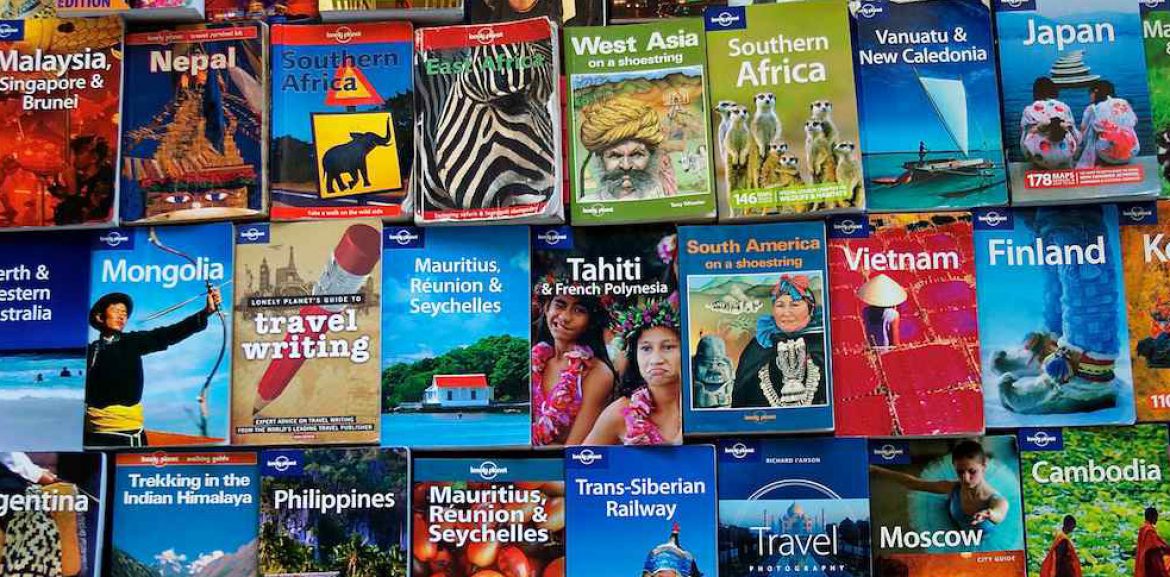
A few thoughts on travel ‘guidebooks’-
Guidebooks are a great way to get you started- they point out the highlights of a particular country or region; they give details on how to get there and how to get around upon arrival; they name specific places and give first-person reviews/recommendations on these places; they provide resources in the case of an emergency, give a few local tips on how to save a few bucks, some even lay out 2, 3, or 4-day itineraries for visiting particular places- all good things. In this regard, guidebooks definitely have their place. The bad thing about guidebooks is that many people, whether consciously or not, end up using them as the ‘be-all/end-all’ resource for their entire trip. These people are easily identified, often having their noses buried in their guidebook while the amazingly unique world around them spins by unnoticed. It’s a shame, really- they’ve come all that way in search of adventure and the unknown, yet tend to miss out on exactly that because they stick to the guidebook like it's the Backpacker's Bible.
Honestly, the best resources when researching a destination are: 1) the locals, and 2) the people that have been there before. Locals can give you loads of knowledge that one will never find in a guidebook, and people that have been there before can tell you the ins and outs of where to stay, whats places are worth seeing, whats not so good, what to watch out for, etc. It’s always a good idea to get your information on a place from a wide variety of sources, avoiding the trap of guidebook-dependance.
Guidebooks- their name alone says exactly how they should be used- as a GUIDE. Keep your head up and your eyes and ears open, interact with the locals and your fellow travelers, and you’re sure to have a better experience than if you had your nose buried in a book the whole time. You never know what you might find beyond the pages of your travel-worn guidebook...
